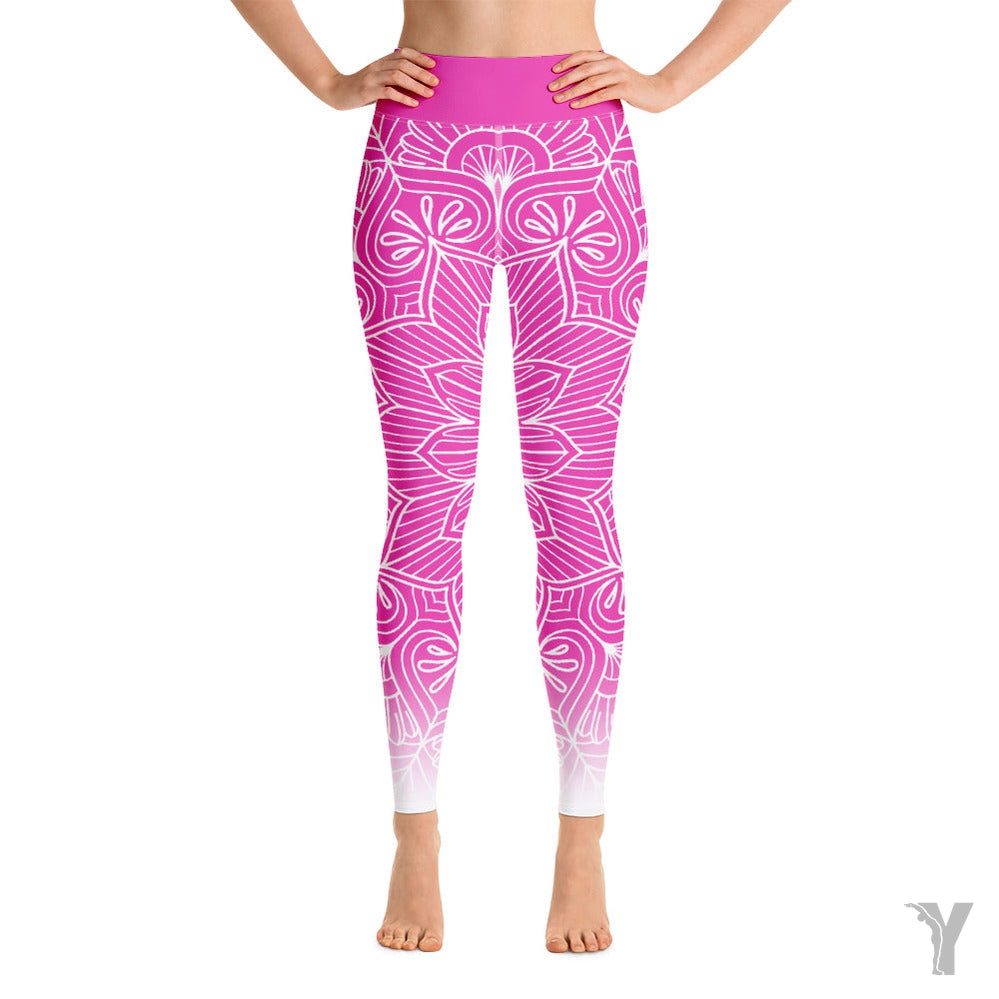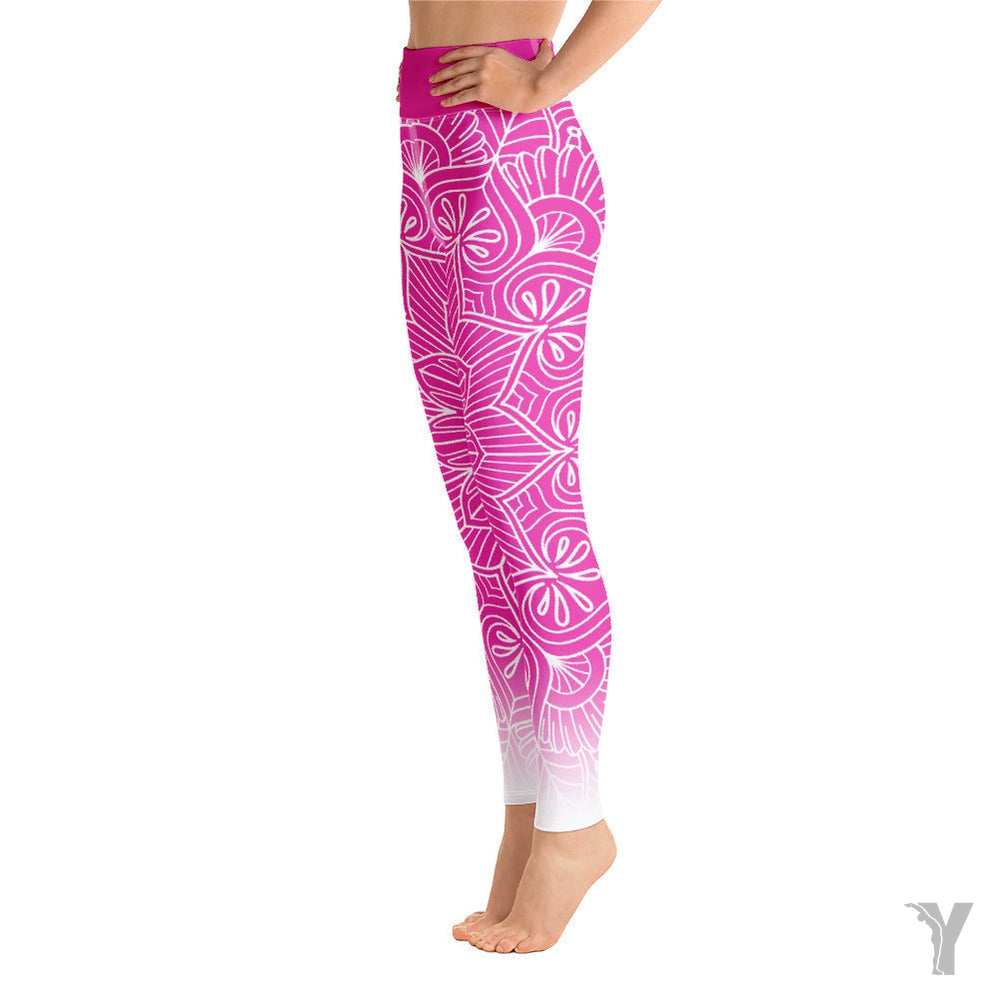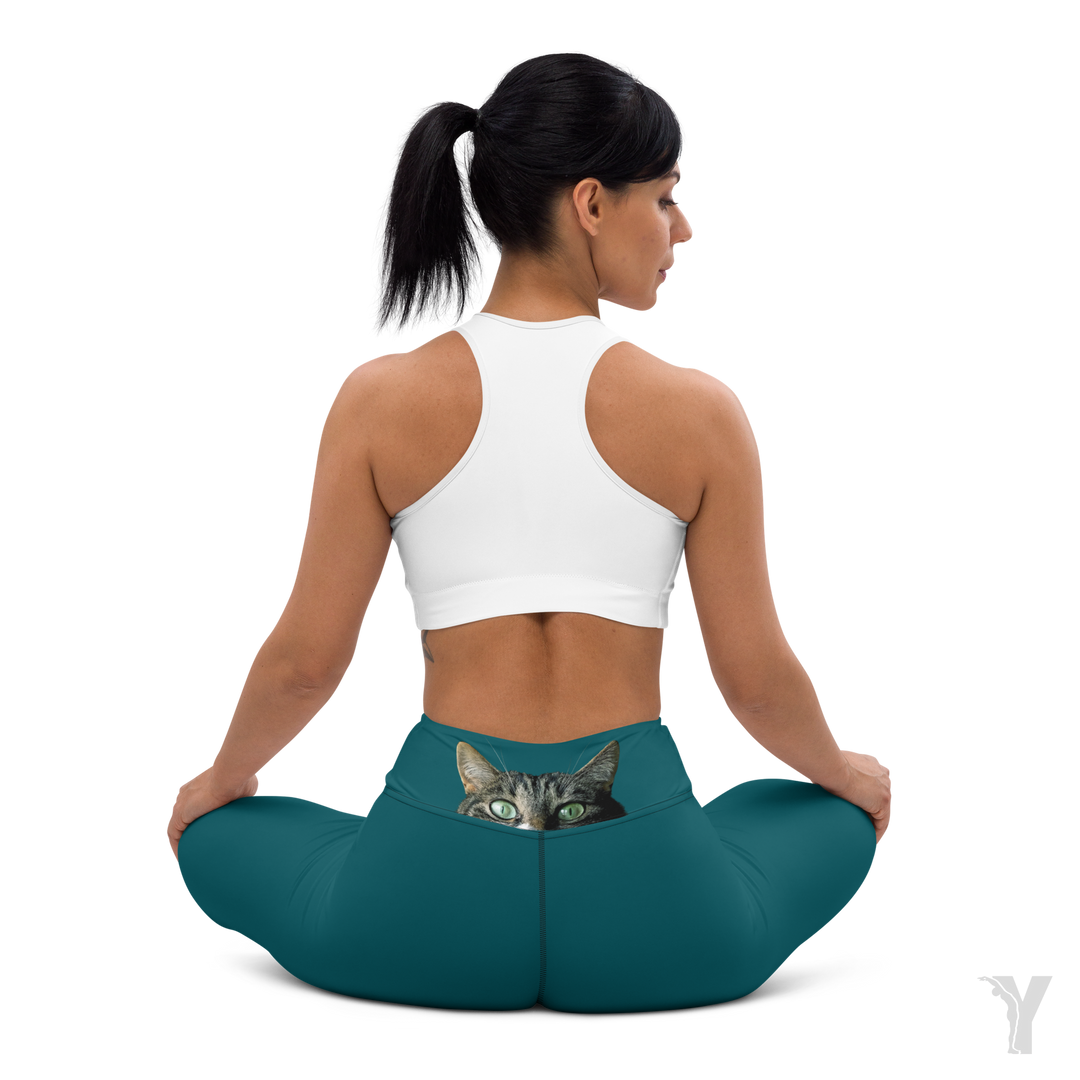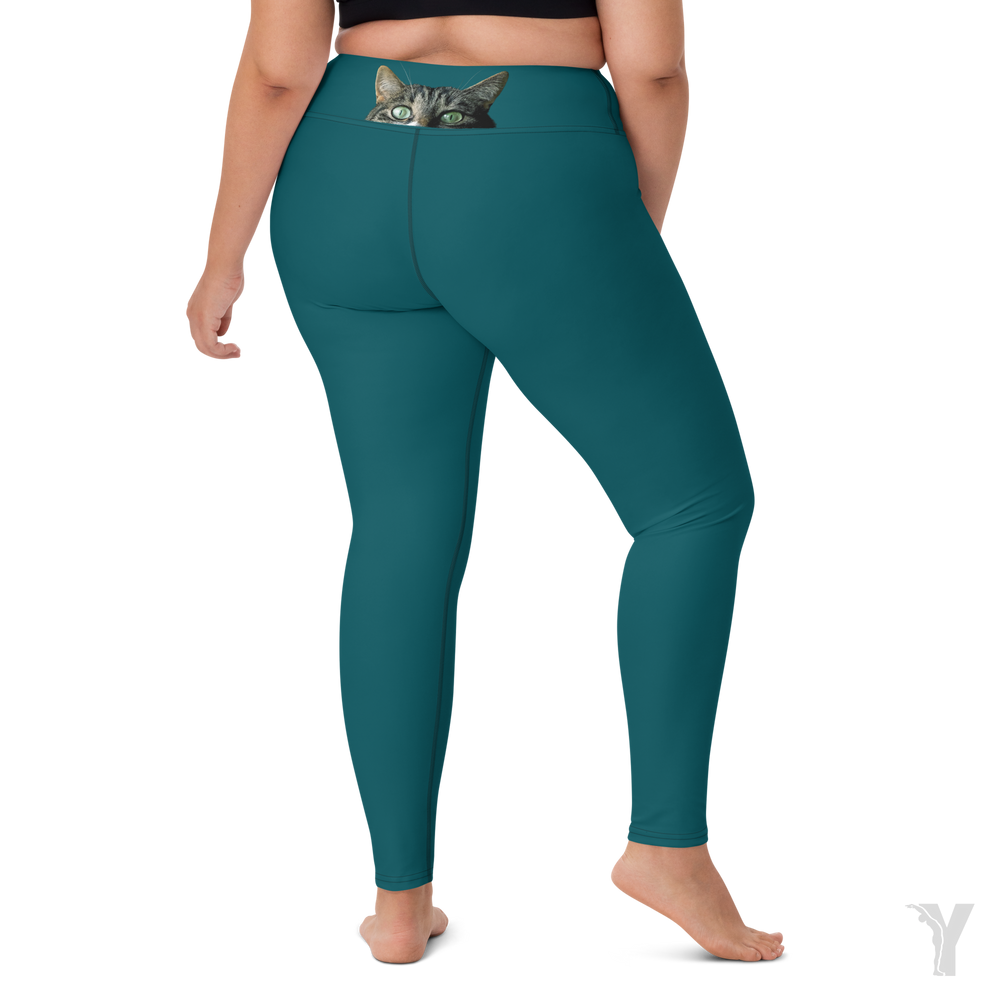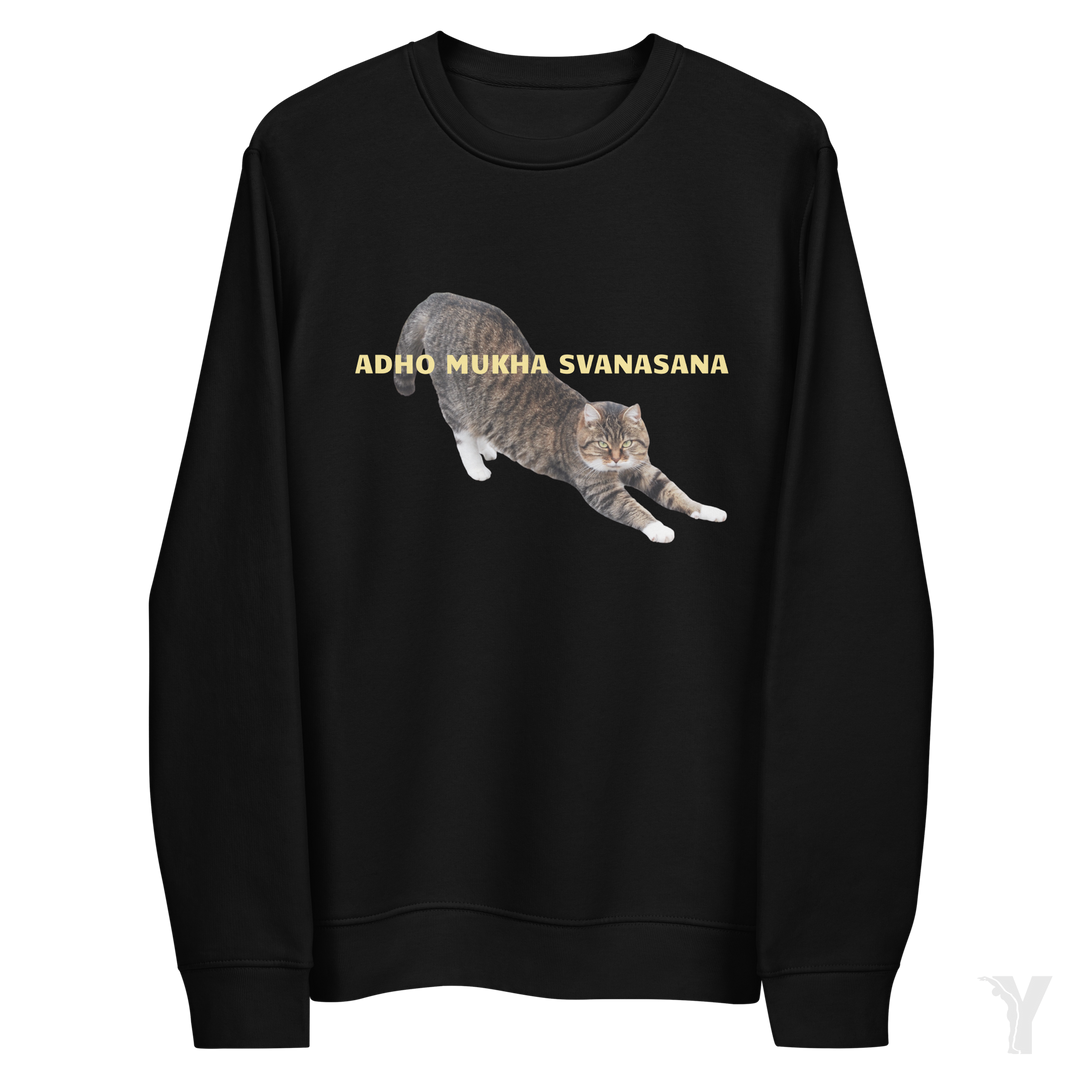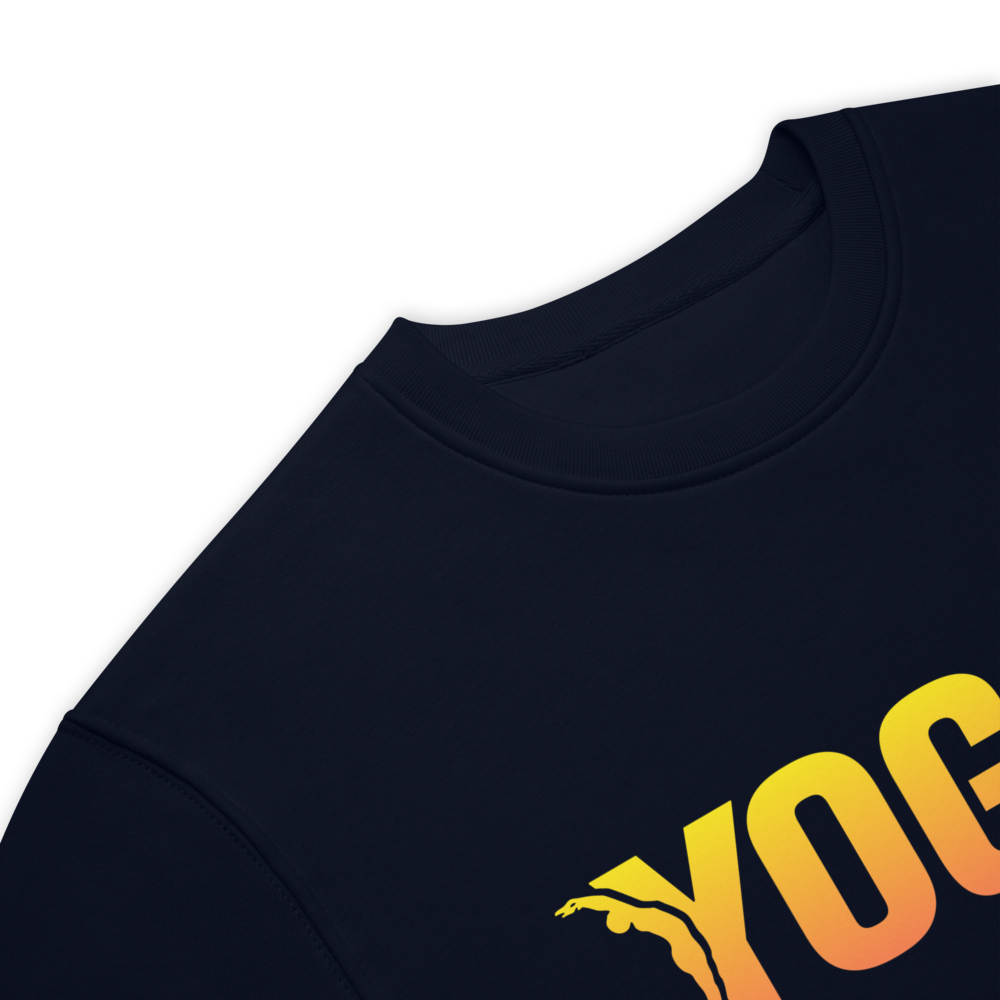Bamboo clothing: what you need to know...
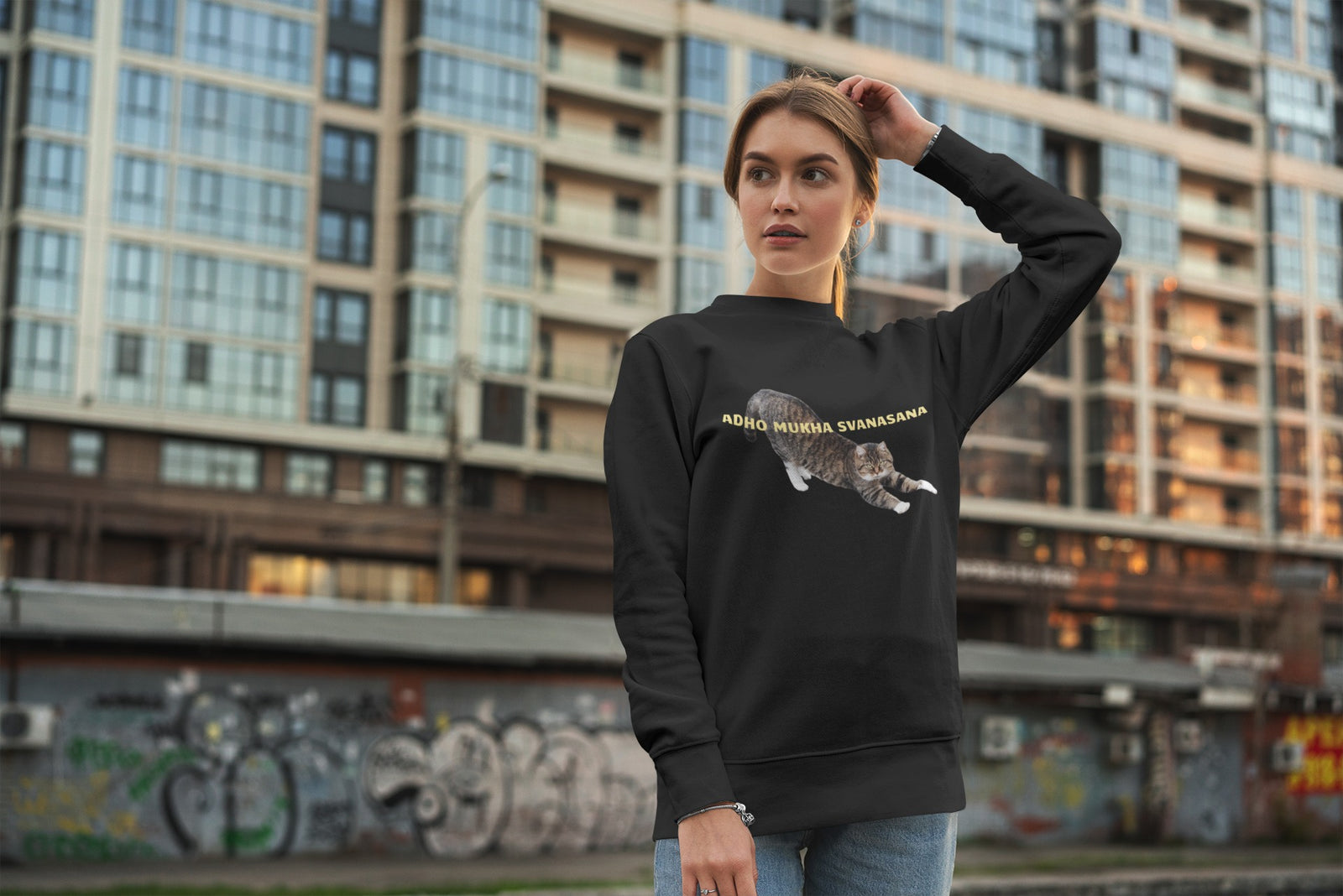
Bamboo yoga clothing is often touted as an eco-friendly and sustainable alternative to traditional textiles. However, it is crucial to distinguish between the different types of bamboo textiles to understand their true environmental impact . Bamboo viscose, widely used in the textile industry for its softness and purported antibacterial properties, raises serious environmental concerns.
The hidden side of bamboo viscose
Bamboo viscose requires a complex and highly polluting manufacturing process . To transform bamboo into a soft and supple fiber, it must first be dissolved using caustic soda , then treated with sodium sulfates and sulfuric acid 😯 These intensive chemical steps have a considerable environmental impact, making the production of bamboo viscose anything but eco-friendly.
Recognizing eco-responsible bamboo textiles
However, there are more environmentally friendly alternatives among bamboo textiles. Some clothing is made from natural bamboo fibers , not processed into viscose. These textiles are usually more expensive due to their more complex and environmentally friendly production process. To justify this higher price, manufacturers often provide details on the production methods used. Unlike bamboo viscose, which is very soft, natural bamboo fiber has a rougher texture and is often blended with cotton or other textiles to improve comfort.
Towards a more ecological bamboo viscose?
The good news is that the textile industry is changing. Rumors indicate that some companies are currently working on developing a more environmentally friendly version of bamboo viscose. While no solution has yet been widely adopted, the hope is that a revised, less polluting bamboo viscose may soon be available on the market.
While looking at the fibers and manufacturing processes, it is also essential to consider the primary source of these textiles: bamboo itself. While bamboo may seem like an ideal renewable resource due to its rapid growth and ability to thrive without pesticides or fertilizers, its exploitation as a monoculture poses other significant environmental challenges.
The impact of bamboo monoculture
Bamboo, when grown in monocultures , that is, when a single species is planted on large areas of land, can have adverse consequences for the environment. This practice decreases biodiversity , depletes soil nutrients, and can lead to degradation of water quality due to erosion. Additionally, although bamboo can grow in a variety of conditions, converting diverse lands to bamboo monocultures can result in the loss of natural habitats for many species.
Monoculture vs. sustainable management
The solution to this problem lies in sustainable management of bamboo crops. This involves diversifying crops, practicing crop rotation, and maintaining areas of natural forest to preserve biodiversity. Such practices not only help maintain healthy ecosystems, but they can also improve the quality and sustainability of bamboo crops in the long term.
What can the consumer do?
As a consumer, you have the power to drive positive change through your purchasing choices. Look for brands and products that are committed to a more sustainable approach to bamboo farming. This can include companies that support biodiversity, use responsible and transparent harvesting methods, and take steps to reduce their environmental impact at every stage of production.
In conclusion
When choosing bamboo yoga clothing, it is essential to check the label to understand what type of fiber it is. Opt for textiles made from natural bamboo fibers if you are looking for a truly eco-friendly option. Pay attention to the information provided by manufacturers on their production practices, and keep an eye out for innovations in the field of bamboo textiles. By making informed choices, you are helping to promote a more sustainable and planet-friendly fashion industry.





